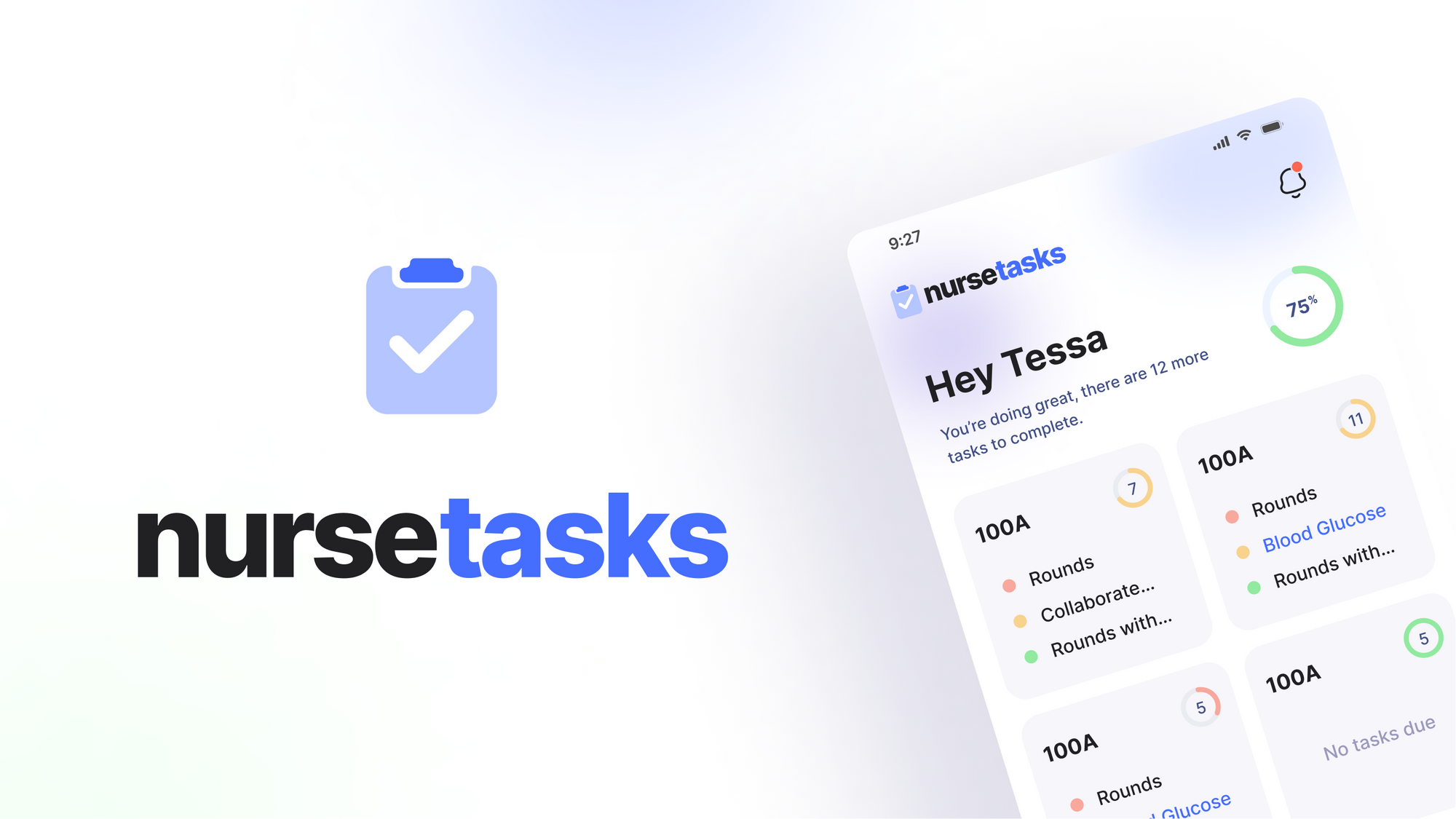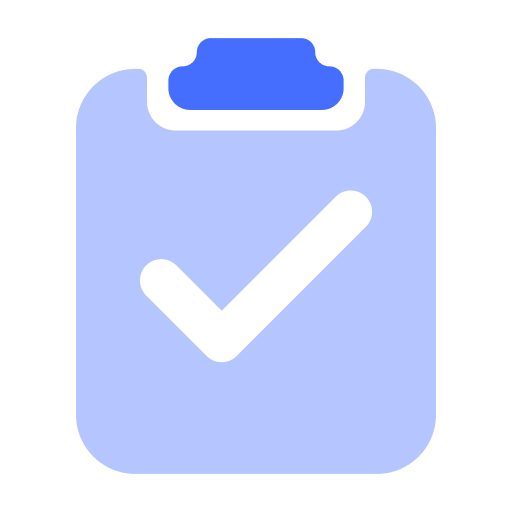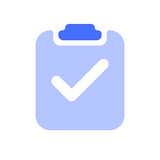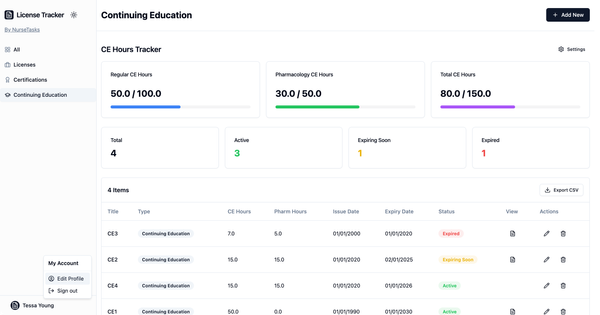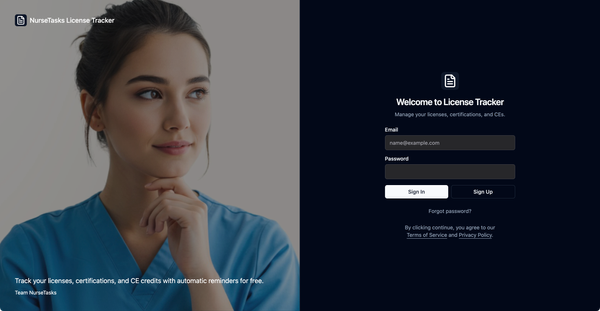Rethinking Nursing Productivity Measurement: Real-Time Task Management Apps vs. Hours Per Patient Day Formula

In the ever-evolving world of healthcare, measuring nursing productivity is essential for ensuring quality patient care. Traditionally, the "hours per patient day" formula has been used to gauge nursing productivity, but it often falls short in providing an accurate and comprehensive picture. In contrast, modern task management apps with real-time productivity data analysis are revolutionizing the way we measure nursing productivity. In this article, we explore the limitations of the hours per patient day formula and the advantages of using task management apps like NurseTasks for more precise and insightful productivity assessment.
The Challenge of Measuring Nursing Productivity
Hours Per Patient Day Formula:
The hours per patient day (HPPD) formula is a widely accepted method for assessing nursing productivity. It divides the total nursing hours by the number of patients being cared for in a given day. While it offers a basic benchmark for staffing levels, HPPD has several limitations:
- It does not account for variations in patient acuity or complexity.
- It fails to consider the different tasks nurses perform, from medication administration to documentation.
- HPPD does not provide real-time insights into nurses' workflow, making it challenging to optimize productivity on the spot.
The Need for Real-Time Data Analysis:
To ensure that nursing care is efficient, safe, and patient-centered, it is imperative to move beyond static metrics like HPPD. Real-time data analysis through task management apps offers a solution that captures the complexity of nursing work, measures productivity accurately, and allows for timely adjustments. Here's how these apps revolutionize the measurement of nursing productivity:
Real-Time Task Management Apps: Transforming Nursing Productivity Measurement
Task-Level Visibility:
Task management apps like NurseTasks provide real-time visibility into nurses' task lists, allowing managers and nurses themselves to see which tasks are pending, in progress, or completed. This level of detail goes far beyond the HPPD formula's basic calculations.
Task Prioritization:
Nurses can use these apps to prioritize tasks based on urgency and patient acuity. For example, high-priority tasks can be tackled immediately, ensuring that the most critical patient needs are met first.
Data-Driven Insights:
Task management apps offer data analysis features that track the time spent on each task. This data can be used to identify bottlenecks, inefficiencies, or areas where additional support is required, leading to targeted improvements in productivity.
Adaptability:
In healthcare, patient needs can change rapidly. Task management apps allow nurses to adapt to these changes by rescheduling tasks and redistributing workloads in real-time.
Accountability and Compliance:
Real-time task tracking also promotes accountability. Nurses and managers can ensure that all necessary tasks are completed, reducing the risk of omissions and improving patient safety.
Resource Allocation:
Nursing managers can use the data provided by task management apps to allocate resources more effectively, ensuring that staffing levels align with actual patient needs.
Advantages of Real-Time Data Analysis Over HPPD
- Precision: Real-time data analysis through task management apps provides granular insights into nursing tasks, offering a more precise and accurate measurement of productivity compared to the HPPD formula.
- Flexibility: Nursing care is dynamic, and real-time data analysis allows for immediate adjustments and task reprioritization as patient needs change.
- Improved Patient Care: By optimizing task management and resource allocation, real-time data analysis directly contributes to improved patient outcomes and safety.
- Enhanced Transparency: Nurses, managers, and patients themselves can have a clear understanding of the nursing care process, fostering transparency and accountability.
The healthcare landscape is evolving, and with it, the methods for measuring nursing productivity. While the hours per patient day formula has been a traditional standard, it has limitations that real-time task management apps can overcome. By providing a dynamic and data-driven approach to nursing productivity assessment, these apps offer a more accurate and insightful way to measure and enhance nursing care. In a time when patient safety and quality of care are paramount, real-time data analysis through task management apps is a step forward in ensuring that nurses can provide the best care possible.
